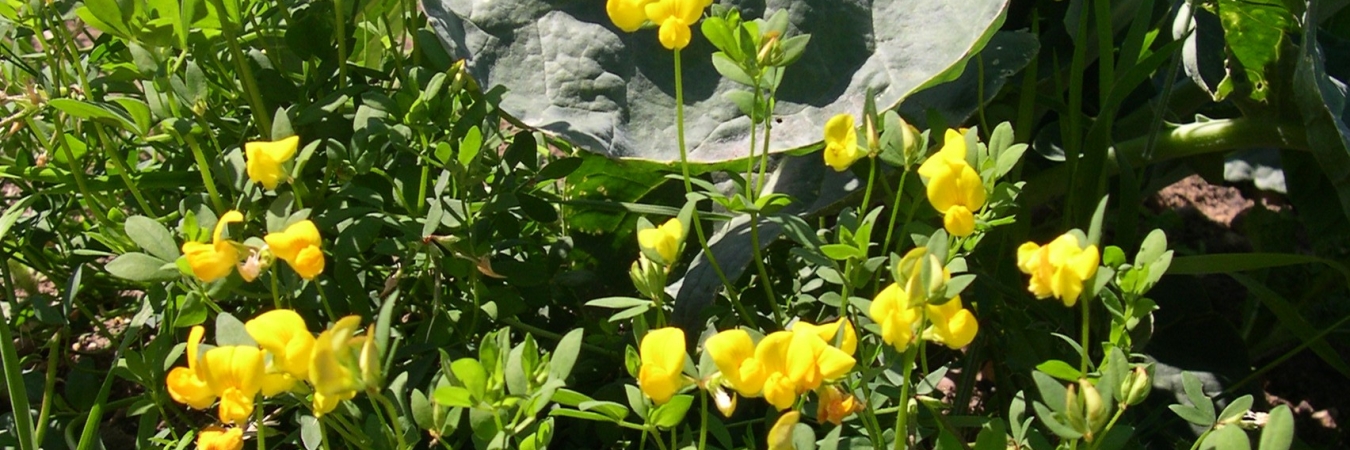Allelopathy – a practical weed management tool?
Resource explained
Allelopathy as a weed management tool presents the opportunity to focus on inhibition of a weed by a crop plant through the production of allelochemicals. These allelochemicals may be actively produced by a growing plant or arise from the residues after death. The effects of the allelochemicals may be reduced or enhanced by micro-organisms. This leaflet, produced by Garden Organic (formerly HDRA) as part of the Organic Weed Management Project, OF0315, looks at the possibility of using allelopathy in weed management. It includes the effects of allelopathy, crops that show allelopathic properties, factors to take into account before using allelopathy in weed management programmes, and problems with attempting to use allelopathy as a weed management tool.
Findings & recommendations
- Current evidence indicates that the role of allelopathy in weed suppression in both field and cover crops is uncertain. Allelopathic effects can include poor germination, impaired root growth and stunted shoot growth, but these symptoms can have other causes apart from allelopathy. It is difficult to separate the effects of competition (e.g. for light, water and/or nutrients) from allelopathic effects.
- For day to day crop management it is of less importance whether a weed suppressing effect is due to allelopathy or not.
- Cover crops can provide effective weed control whether allelopathic or not. Choose vigorous species and varieties for maximum control, but remember timeliness of establishment is vital, especially for winter cover crops.
- Cash crops vary in their weed suppressing abilities. Choose strongly suppressive crops such as potatoes and oats in the rotation to balance weakly suppressive ones such as leeks and carrots.
- Crop varieties vary slightly in their weed suppressing ability, be aware of this and make use of it where appropriate.
- When using a crop – especially a green manure – which may be alleopathic, leave a gap after incorporation before planting the next, particularly with small seeded crops.
Header image shows yellow trefoil, a crop that has been reported as showing allelopathic qualities. Image credit: Garden Organic


